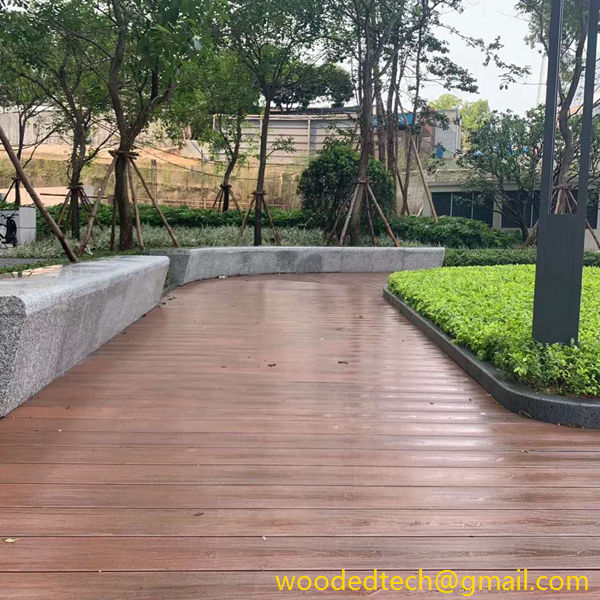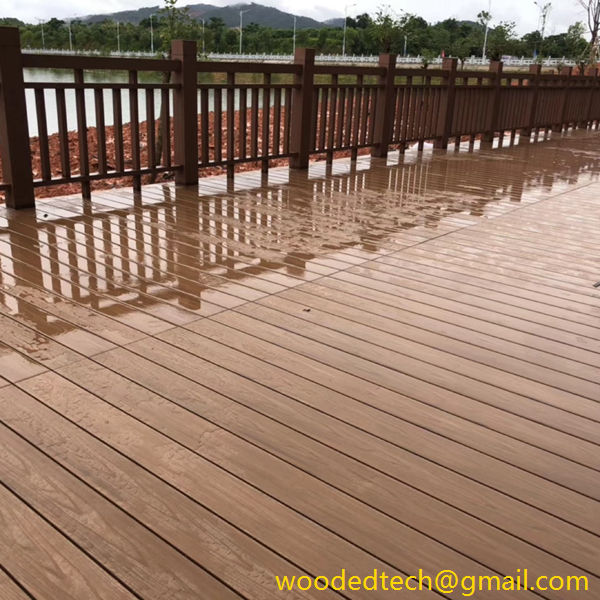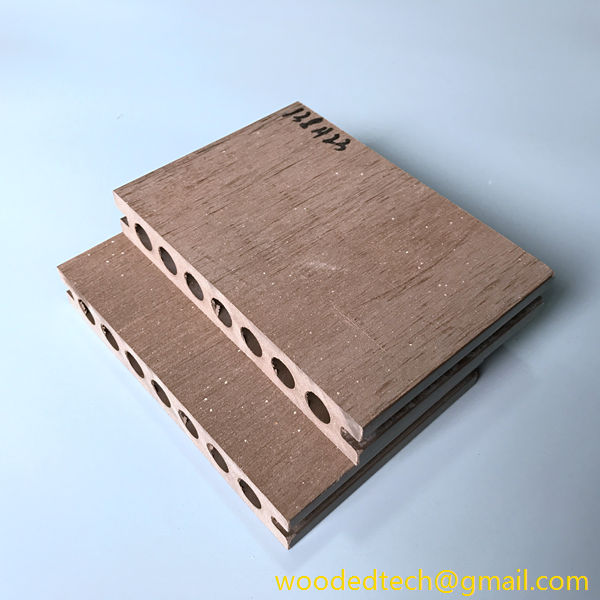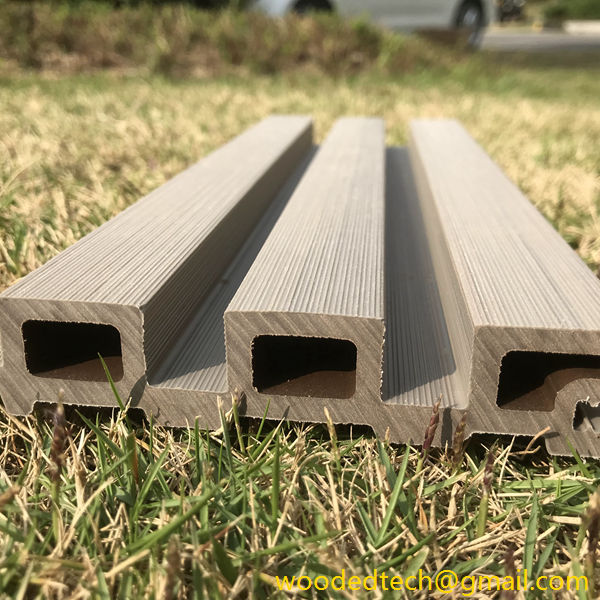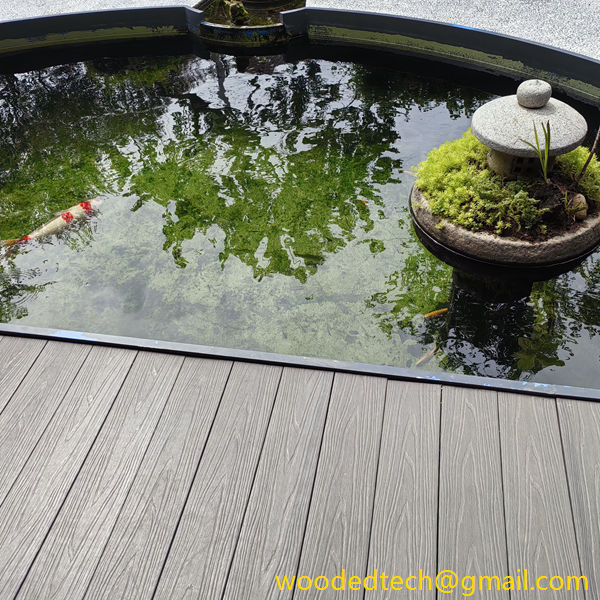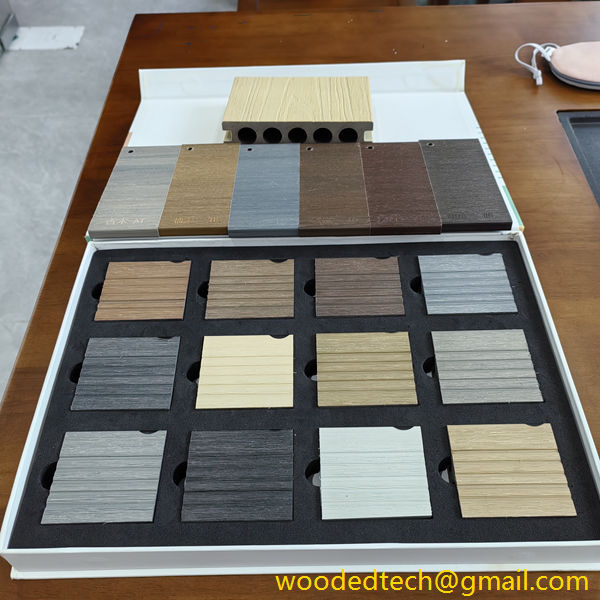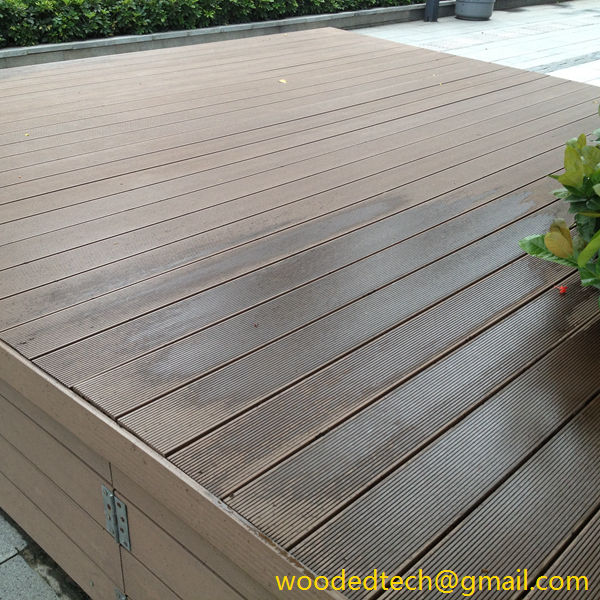Understanding Recycled Composite Decking for Sustainable Solutions
Understanding Recycled Composite Decking for Sustainable Solutions In recent years, the rise of environmental awareness has prompted many industries to seek sustainable solutions that not only minimize waste but also enhance the quality of products. One such innovative solution is recycled composite decking, a material increasingly favored for outdoor spaces. This article delves into the…
Understanding Recycled Composite Decking for Sustainable Solutions
In recent years, the rise of environmental awareness has prompted many industries to seek sustainable solutions that not only minimize waste but also enhance the quality of products. One such innovative solution is recycled composite decking, a material increasingly favored for outdoor spaces. This article delves into the intricacies of recycled composite decking, exploring its composition, benefits, and the wide range of customizable materials that cater to diverse aesthetic and functional needs.
Recycled composite decking is primarily made from a blend of recycled plastic and wood fibers, which makes it an eco-friendly alternative to traditional wood decking. The plastic comes from post-consumer products like water bottles, grocery bags, and other types of plastic waste, while the wood fibers are sourced from reclaimed wood or sawdust. This unique combination not only diverts waste from landfills but also reduces the demand for virgin materials, aligning with sustainable practices that support environmental conservation.
One of the most appealing aspects of recycled composite decking is its versatility. Manufacturers offer a wide range of colors, textures, and finishes that mimic the look of natural wood while providing enhanced durability and resistance to the elements. Whether you prefer the warm, rich tones of mahogany, the cool, contemporary shades of gray, or even vibrant hues, there is a recycled composite option to suit every aesthetic preference. This customization allows homeowners and designers to create outdoor spaces that are both beautiful and functional without compromising on sustainability.
In addition to aesthetic customization, recycled composite decking offers various functional features that enhance its usability. For instance, many composite decking products come with built-in resistance to fading, staining, and scratching. This resilience means that homeowners can enjoy their outdoor spaces without worrying about the wear and tear that typically affects traditional wood decking. Furthermore, composite decking is designed to withstand harsh weather conditions, making it an ideal choice for regions with extreme climates.
Another significant advantage of recycled composite decking is its low maintenance requirements. Unlike traditional wood, which often needs regular staining, sealing, or painting to maintain its appearance and structural integrity, composite decking only requires occasional cleaning with soap and water. This ease of maintenance not only saves time and effort for homeowners but also reduces the need for chemical treatments that could be harmful to the environment.
The environmental benefits of recycled composite decking extend beyond its composition and durability. By choosing this type of decking, homeowners can significantly reduce their carbon footprint. The production process for recycled composites typically consumes less energy compared to the manufacturing of new wood products. Additionally, because composite decking is designed to last longer than traditional wood, it reduces the frequency of replacements, further minimizing the environmental impact associated with manufacturing, transportation, and disposal.
Customization also extends to the structural elements of recycled composite decking. Many manufacturers offer a variety of board sizes, profiles, and installation systems, allowing homeowners to choose the best fit for their specific projects. Whether constructing a simple patio, an elaborate outdoor living area, or a multi-level deck, the flexibility in design options ensures that every project can be tailored to meet individual needs.
Moreover, recycled composite decking can be paired with a range of accessories and complementary materials. Railings, lighting, and even furniture can be designed to harmonize with the decking, creating a cohesive outdoor environment. Many manufacturers also provide eco-friendly options for these accessories, ensuring that the entire outdoor space adheres to sustainable principles.
For those interested in the long-term investment aspect of their decking choices, recycled composite decking presents a compelling case. Although the initial cost may be higher than traditional wood, the longevity and durability of composite materials often result in lower lifetime costs. With less frequent replacements and minimal maintenance expenses, homeowners can enjoy their outdoor spaces without the constant financial burden that comes with traditional wood decking.
In conclusion, recycled composite decking stands out as a sustainable solution for outdoor spaces, merging ecological responsibility with aesthetic appeal and functional durability. Its composition of recycled materials, coupled with the extensive range of customizable options, empowers homeowners and designers to create beautiful environments while contributing positively to the planet. As the demand for sustainable building materials continues to grow, recycled composite decking is poised to play a pivotal role in shaping the future of outdoor living. By investing in this innovative material, individuals can enjoy their outdoor spaces guilt-free, knowing they are making a conscious choice for the environment and future generations.

